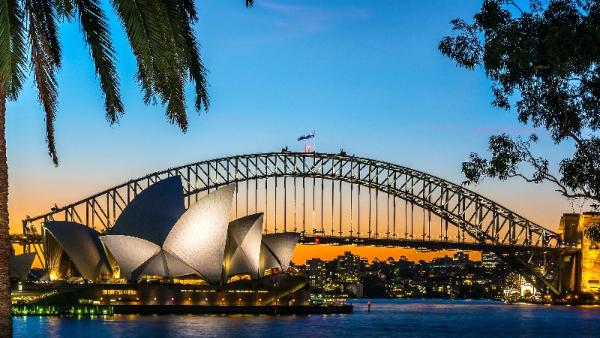The NSW-China Economic Relationship

James Laurenceson, Deputy Director, Australia-China Relations Institute, University of Technology Sydney |
1. Over the past year the value of NSW goods exports to China is $7.0 billion. This is a record high. China accounts for 16.7 percent of NSW total goods exports, and is:
- 0.7 times that to Japan;
- 2.1 times that to Korea; and
- 2.8 times that to the US.[1]
2. The annual value of NSW goods exports to China increased by $1.3 billion in the past five years. During the same period NSW goods exports to:
- Japan fell by $448.3 million;
- Korea fell by $451.8 million; and
- the US increased by $397.5 million.[2]
3. The annual value of NSW agriculture, forestry and fishing exports to China is $1.0 billion. This compares with:
- $59.9 million to Japan;
- $26.5 million to Korea; and
- $10.5 million to the US.[3]
4. The annual value of NSW mining exports to China is $2.9 billion. This compares with:
- $7.6 billion to Japan;
- $1.8 billion to Korea; and
- $16.1 million to the US.[4]
5. The annual value of NSW manufacturing exports to China is $2.7 billion. This compares with:
- $1.2 billion to Japan;
- $957.4 million to Korea; and
- $2.4 billion to the US.[5]
6. Services exports, such as education, tourism and financial services, are a major income earner for NSW, worth $30.0 billion in 2016.[6]
There are currently 62,223 Chinese nationals studying in NSW. This is 38.0 percent of all Chinese students in Australia, and compares with:
- 3,208 from Japan;
- 9,768 from Korea; and
- 3,391 from the US.[7]
7. NSW had 683,000 visitors from China in 2016. This compares with:
- 163,000 from Japan;
- 203,000 from Korea; and
- 426,000 from the US.[8]
On average, Chinese visitors spend $8,734 per trip, more than any other country. For example, those from the Japan, Korea and the US spend $4,417, $6,249 and $6,013, respectively.[9]
8. NSW accounted for 80 percent of Australia’s financial services exports in 2016. Australia’s financial services exports to China were worth $317 million. This is up from $49 million in 2012.[10]
9. Chinese investment in NSW in 2016 totalled $8.1 billion. This was 52.5 percent of all Chinese investment in Australia.[11]
Endnotes
[1] Australian Bureau of Statistics, ‘ABS.Stat Beta’, April 2017 <http://stat.data.abs.gov.au/>.
[2] Ibid.
[3] Ibid.
[4] Ibid.
[5] Ibid.
[6] Australian Bureau of Statistics, ‘International Trade: Supplementary Information, Calendar Year, 2016’, May 2017 <http://www.abs.gov.au/AUSSTATS/abs@.nsf/DetailsPage/5368.0.55.0042016?OpenDocument>.
[7] Department of Education and Training, ‘International Student Data 2017’, April 2017 <https://internationaleducation.gov.au/research/International-Student-Data/Pages/InternationalStudentData2017.aspx>.
[8] Tourism and Events Queensland, ‘International tourism snapshot’, March 2017, <http://teq.queensland.com/research-and-insights/international-research/international-summary-snapshots>.
[9] Tourism Research Australia, ‘Results of the International Visitor Survey: Year ending March 2017’, June 7 2017 <https://www.tra.gov.au/Research/International-visitors-to-Australia/international-visitor-survey-results>.
[10] Australian Bureau of Statistics, ‘International trade: Supplementary information, calendar year, 2016’, May 24 2017 <http://www.abs.gov.au/AUSSTATS/abs@.nsf/DetailsPage/5368.0.55.0042016?OpenDocument>.
[11] Note: figures include investment deals over $5 million and exclude residential real estate. Source: KPMG and the University of Sydney, ‘Demystifying Chinese investment in Australia’, May 2017 <http://demystifyingchina.com.au/reports/demystifying-chinese-investment-in-australia-2017.pdf>.
Author
Professor James Laurenceson, Deputy Director, Australia-China Relations Institute, University of Technology Sydney

